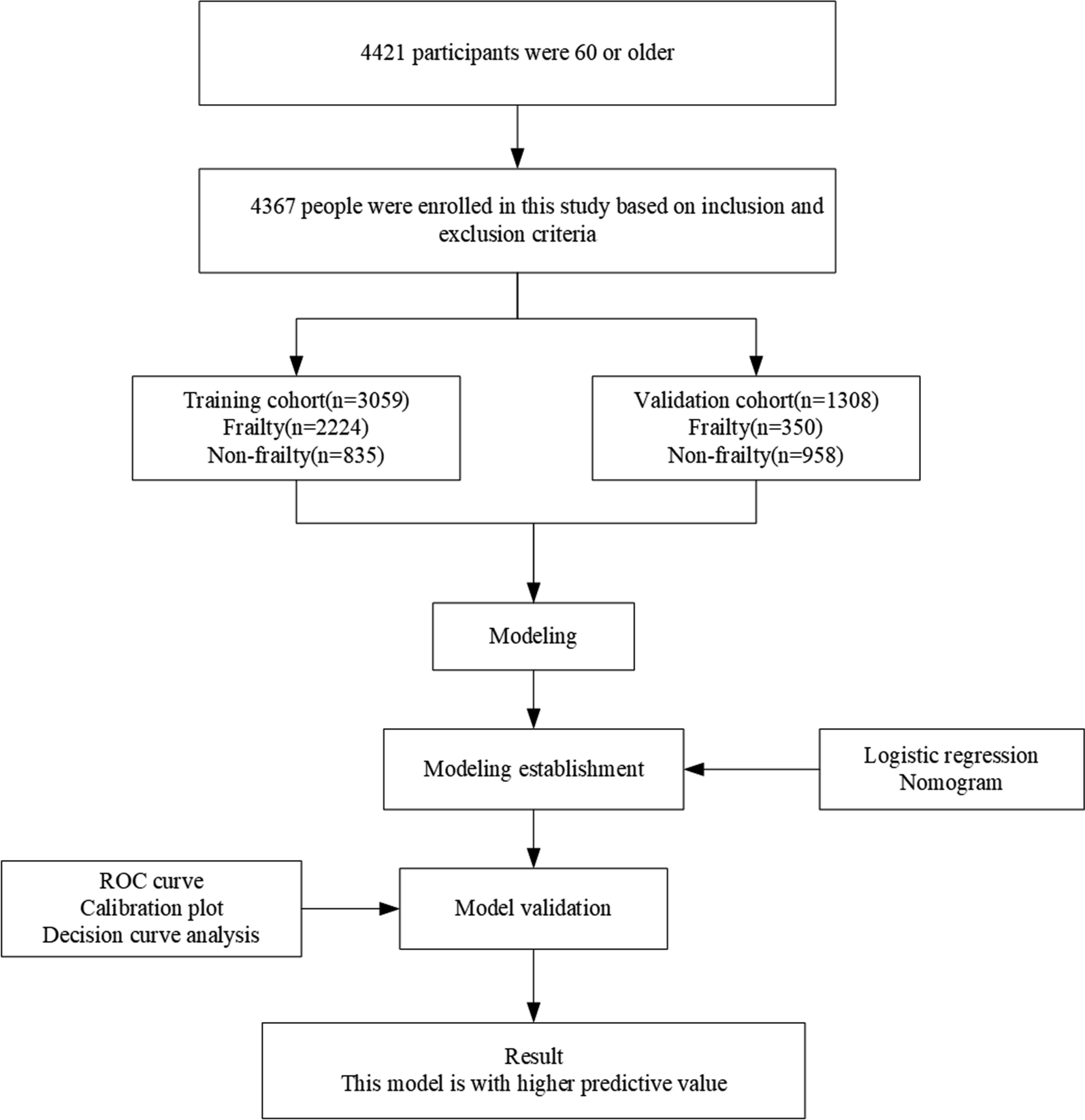The occurrence of frailty in Chinese older adults in the present study was 27.19%. Frailty is closely related to the occurrence of falls, fractures, and death. Hence, identifying high-risk individuals is important to prevent frailty and…
Development and validation of a risk prediction nomogram for frailty in older Chinese adults | Journal of Health, Population and Nutrition
